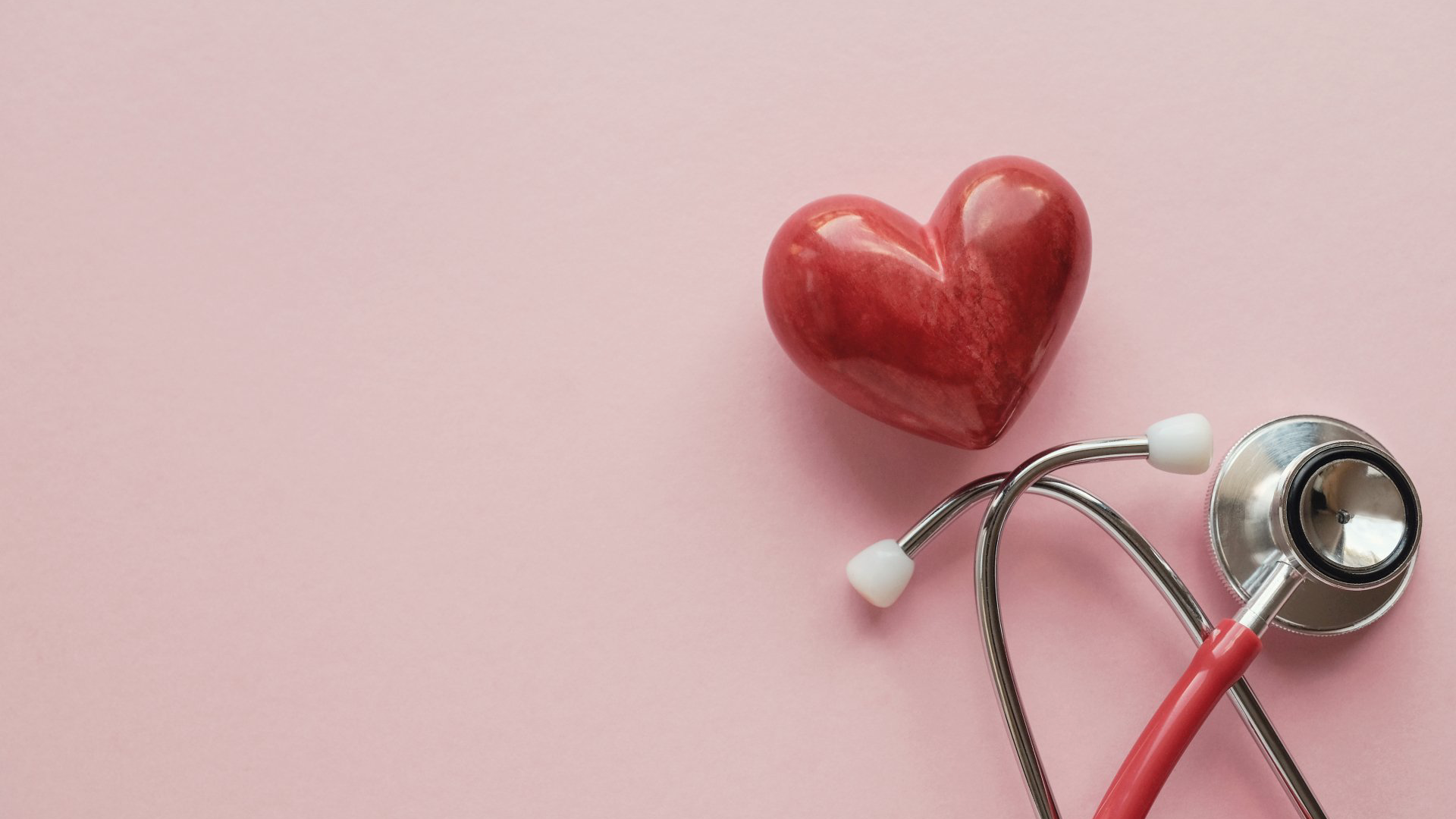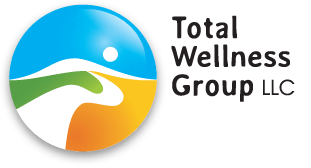Hypertension: Identifying the Problem and Taking Steps to Fix it
High blood pressure is a major health crisis in the elderly community.

High blood pressure, or hypertension, is a problem facing over 100 million Americans, according to the American Heart Association. It is the most common cause of cardiovascular-related deaths in this country. The deaths from high blood pressure rose 38 percent in the decade from 2005-2015. It is a serious problem, yet there are solutions. Learn what high blood pressure is and what you can do to reduce your risk.
What is Blood Pressure?
When your doctor takes your blood pressure, he or she measures two distinct and important values. The systolic pressure is the top number, and the diastolic pressure is the bottom number. The systolic pressure measures the amount of pressure in your arteries while your heart is contracting. The diastolic pressure is the pressure of the arteries while your heart rests in between heartbeats. When your heart rests, it can fill with blood and receive oxygen. Together, the numbers represent how hard your heart is working.
How is Hypertension Diagnosed?
The American Heart Association has established guidelines for determining if a person’s blood pressure is high, low, or normal. A normal blood pressure is a reading of 120 over 80. 120 is the systolic pressure, and 80 is the diastolic pressure.
• Normal: Systolic pressure of 120 or less and a diastolic pressure of 80 or less.
• Elevated: Between 120 and 129 systolic pressure, with a diastolic pressure of less than 80, is considered elevated but not hypertension
• Stage 1 Hypertension: Systolic pressure of 130-139 and a diastolic pressure of 80-89
• Stage 2 Hypertension: Systolic pressure of at least 140, or a diastolic pressure of at least 90
• Hypertensive Crisis: Systolic pressure higher than 180 and/or a diastolic pressure of 120
Hypotension is low blood pressure and is harder to determine, as it can vary. Your doctor will evaluate your other symptoms to determine if you have hypotension. In general, a reading of 90 over 60 or lower is considered low blood pressure. One isolated blood pressure reading is not enough to be diagnosed with either hypertension or hypotension. Your doctor will check your readings at three separate appointments. It should be measured in both arms and with the correct sized cuff. He or she will also evaluate your age and other symptoms, as well as any medications you are taking.
Risk Factors for Developing Hypertension
You are much more likely to suffer from high blood pressure than low blood pressure, according to the American College of Cardiology. Almost half of all adults in America suffer from high blood pressure. There are certain risk factors for developing high diastolic pressure, leading to a diagnosis of hypertension. These risk factors have been established by the American Heart Association:
• Gender. Men are at higher risk of developing high blood pressure than women.
• Age. After the age of 65, women are at higher risk than men.
• Genetics. You are at higher risk if you have a close relative that has high blood pressure.
• Race. African-Americans have a higher incidence of hypertension.
• Weight. Overweight people are at higher risk, especially if they are in the obese category.
• Other underlying health conditions: If you have diabetes, high cholesterol, or kidney disease, your risk of developing high blood pressure increases.
You are also considered at higher risk with certain lifestyle choices. Those who don’t exercise much, drink too much alcohol, or smoke tobacco is also at high risk. Chronic stress can cause hypertension, as well as a diet that is high in salt, sugar, or fat. Sleep apnea also puts you at higher risk for high blood pressure.
How to Lower Your Diastolic Pressure
When you are first diagnosed with high blood pressure, your doctor will likely recommend trying lifestyle changes before jumping into taking medication. Even with medication, the Mayo Clinic says that making these changes can help keep your blood pressure under control:
• Eat healthy foods. The Dietary Approaches to Stop Hypertension (DASH) diet emphasizes eating plenty of fruits and vegetables, whole grains, low-fat dairy, fish, and poultry. Potassium is important, as well as reducing the intake of saturated and trans fats.
• Decrease salt intake. Less than 2,300 mg of sodium a day is the recommended amount, but 1,500 mg a day or less will decrease your blood pressure. It’s important to note the added sodium in prepackaged foods when calculating your daily sodium intake.
• Maintain a healthy weight. If you are overweight or obese, getting your weight under control can help your blood pressure.
• Exercise. Your doctor can help you determine an exercise regime that is right for you. In general, the guidelines are to aim for 150 minutes a week of moderate activity or 75 minutes a week of vigorous activity. You can also do a combination of both.
• Limit alcohol intake. One drink a day for women and two drinks a day for men is considered moderate alcohol intake. Any more than this can cause high blood pressure, even if you have no other risk factors.
• Quit tobacco use. Tobacco speeds up the buildup of plaque in your arteries. It can also injure your blood vessels.
• Take blood pressure readings at home. By keeping track of in-home blood pressure readings, you can better track your numbers and determine what individual risk factors are making your pressure rise. It is also a way to alert your doctor if you see concerning changes.
• Learn how to deep breathe. Slow, deep breaths help you to relax, relieve stress, and can lower your blood pressure. Especially if stress or anxiety is contributing to your high blood pressure, learning methods of relaxation can help.
If these methods do not work in controlling your blood pressure, your doctor may want you to start on medication. There are many different types of medications used to treat high blood pressure, and it may take a few tries to determine the correct medication and dosage for your individual situation. Continue to make positive lifestyle changes while on the medication for your best chance of getting those numbers where you want them.
When to See a Doctor
Hypertension is often called a silent disease because most people won’t have noticeable symptoms. Many people are diagnosed after going to a regularly scheduled doctor visit and seeing that their blood pressure is high. So how do you know when to seek out a doctor?
It is very important to get a yearly physical exam so that your blood pressure can be evaluated. If you have any of the risk factors listed above, you should consider monitoring your blood pressure at home so you can determine if you need to see a doctor. Otherwise, see a doctor if you experience any of these symptoms:
• Fatigue
• Nausea
• Shortness of breath
• Lightheadedness
• Headache
• Excessive sweating
• Heart palpitations or irregular beats
• Vision problems
• Confusion
These could be a sign of uncontrolled high blood pressure.
High blood pressure is a serious problem facing many Americans, but there are steps you can take to get it under control. Early diagnosis can lead to a more effective treatment. Consider if you have any of the risk factors or lifestyle choices that can contribute to high blood pressure and seek out a doctor’s advice if you do. Don’t let hypertension be your silent killer.

